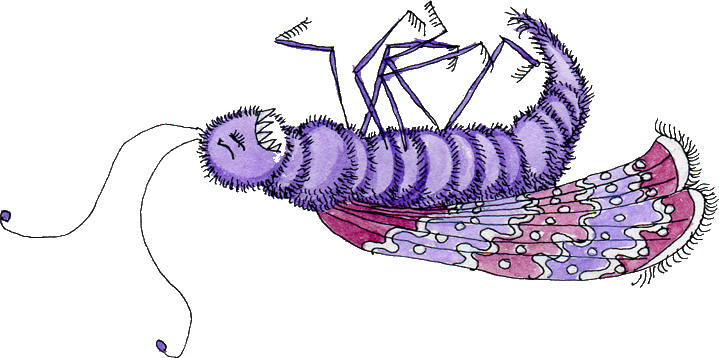|
“If it’s too hot to wear your fur- it’s time to store it!”
Many fur coats are tucked at the back of the wardrobe for more than 8 months a year. Our simple rule is if it’s too hot to wear it, it must be put in the cold to store it. Cold storage prolongs the life of fur so the longer it’s in cold storage, the better. Keep the life and glamour in your furs by protecting them from moth damage and from drying out. We maintain the condition of your furs by keeping them in a constant temperature controlled environment to protect them from factors that can harm them when not stored correctly. The Science: As the temperature decreases, molecules slow down and the less molecular activity the slower the bio-degradation process, therefore this keeps the skins supple and stops them drying out and losing their fur. The same principle applies to the natural oils, the cooler the garment the slower the natural oils evaporate and these are necessary to keep the skins soft and supple. Once the oils are depleted from the fur or leather, it can tear as easily as tissue paper. Cold Storage: When transported to and from clients’ houses and the storage facility, the garments are always carried in a breathable garment bag as fur should never be packaged in plastic as this crushes the fur and can lead to shedding. When in cold storage, the furs are stored freely without garment bags to maximise the benefits cold storage provides. 5 Facts about our Cold Storage:
STORE YOUR FUR CARE FOR YOUR FUR BUY FUR
1 Comment
Within the dark corners of your wardrobe, tucked between drawers and hiding in-between cashmeres, all is not is not what it seems... The female clothes moth, is busy laying 40 to 50 minute eggs between a course of 4 to 21 days which are poised ready to hatch into destructive invaders and commence the downward slope of wardrobe disintegration.
The life cycle of a moth revolves around the laying of eggs- survival of the fittest. Once mating has occurred, the females lay 40 to 50 eggs that hatch into eating machine larvae. These live for an unusually long period of 50 days before they pupate by wrapping themselves in a silken case sealed with excrement and fibre. Whilst pupating they drag their bodies along in their silk turban, eating as they go. Holes appear as the larvae annoyingly choose to eat clean-cut holes rather than spin a web of silk over the food material. Once metamorphosed, the life cycle repeats and the adult moths soon die. The life cycle lasts for about 65 to 90 days, with the female adult moths living for about 30 days and potentially laying up to 300 eggs. Alot of hungry larvae! Unwashed damp clothes don’t have a chance. The larvae that hatch from the eggs are the ones to target, as the adult moths known as ‘millers’ pose no threat to your cashmeres. It is the larvae that are notorious for feeding on wool, hair, leather, cotton, and linens, silk and synthetic fibres. Practically anything they can get their mouths onto. They do not drink water, so depend on their meal of jumper sleeve for moisture. The dirtier the better, clothing moths adore fabric containing human sweat or liquid spillages as it will provide a perfect feeding site for their hungry hatchlings. The larvae also convert the protein keratin that is present in hair and wool to useful nutrients. Not only do they munch away holes, but also leave their silken cases, silken threads and faecal pellets all over the surface or your garment. If you do find an un-expecting hole your jumper, chances are that the larvae are at work. To identify them look for moths with white heads and wings about 2 cm wide with a black and cream front and pale grey on the hind. These moths rarely fly infact it is only the males that flutter around locating females that prefer to hop around trying to find food and hideouts. The Larvae are distinguished as cream caterpillars with black heads. Persistent total wardrobe care is imperative to keep the moths away, however, if you do have an infestation, it is only by destroying the eggs, and disrupting the vicious life cycle that the problem can be solved long term. |
The Wardrobe CuratorAll the latest news, tips and advice from Julia Dee. Archives
October 2018
Categories |
|
"My jumpers arrived back on Friday, only 8 days after I posted them to you and I am delighted with the results- I cannot even find the repair on two of them - amazing ! Thank you and your team so much for such a fantastic service!"
Wonderful feedback from one of our customers!! |







